With the advent of smart phones, these days pretty much everyone is walking around with a fairly high-quality camera in their pockets. Nevertheless, there are a number of different types of cameras that professionals and amateurs alike can use and benefit from. They come in many shapes and sizes and are useful for many different types of photography and photographers. With that in mind, we’ll go over a range of some of the most popular cameras for photography in 2021.
DSLR Cameras
DSLR stands for digital single lens reflex. They’re versatility for many types of photography and the production of very high-quality results makes them perhaps the most popular cameras for both professionals and amateurs on the market currently.
Part of the reason for the aforementioned versatility is the wide range of different types of lenses and other accessories that are available for DSLRs. Once you purchase the camera, you can add on to your camera with lenses that range from telephoto zoom lenses for shooting live sporting events or wildlife to what is known as a portrait prime lens, which is useful for shooting images in low light, among many other options. DSLRs are useful for shooting just about anything and everything.
Mirrorless Cameras
Another very popular camera type that has gained in popularity recently are mirrorless cameras. Mirrorless cameras mean basically what the name implies; they are successors to DSLRs with the optical viewfinder removed and replaced with an electronic viewfinder. This has introduced a host of features and advantages that other camera types generally don’t have, such as live histograms, zebras and focus magnification.
Additionally, removing the mirror makes the cameras smaller in general. Their more compact and lightweight design makes them more portable.
There are other advantages such as silent shooting, autofocus that can track objects, burst shooting, multiple focus modes, HD recording, HDMI video output, accelerated shutter speed modes, among many others.
Although the mirrorless camera is perhaps the successor and thus the better camera type to the DSLR, the range of accessories and lenses available for mirrorless cameras is far less extensive. However, this is likely to change in the not-too-distant future.
Compact Cameras
Compact cameras, also known as point-and-shoot cameras, as designed to be smaller and easy to use, and thus are usually more targeted to the casual photographer.
Because they are usually more geared toward the casual photographer, there tends to be fewer features with regard to settings.
They are usually smaller, able to fit in a pocket, durable and generally not too expensive and have very long run times. At the expense of all the convenience, compared to DSLRs or mirrorless cameras, lenses cannot be swapped, and images are usually of lower quality.
Bridge Cameras
If you’re looking for something that tends to sit between DSLR and compact cameras, the bridge camera is right for you. A bridge camera gives the level of control and ergonomics that you’ll get with a DSLR but the convenience of a compact camera.
Although it has more features and is more reminiscent to a DSLR, you cannot change lenses. But, there is no mirror, similar to a mirrorless camera, thus this gives you some of the advantages that a mirrorless camera presents such as silent shooting, focus magnification, live histograms, etc.
These cameras can be thought of as simplifying the photography experience, as you get many of the features of a DSLR or mirrorless camera, but also don’t have to worry about lenses and many different accessories.
Instant Cameras
Instant cameras, also known as Polaroid cameras, are perhaps a bit out of place in the digital world we live in, but that is partly what makes them still an interesting option for some. With instant cameras, you get to actually watch your picture appear in front of your eyes and then you have the physical print in your hands. A real throwback to photography’s rich history. They provide an easy and fun way to practice photography.
Film Cameras
Now for a real throwback, we have film cameras. Film cameras tend to make the photographer more considered, measured and deliberate in their image-making since the image will be a physical image and not just a digital one.
Since these cameras are old-school, there are a huge number of accessories and lenses available for them. Many times, they are second hand, and thus tend to be cheaper.
Film cameras compare very well to the quality and high resolution of modern digital cameras; however, given that there is no digital feedback, you won’t know if you’ve exposed or focused correctly until you develop the photos. These cameras are definitely more geared toward experience photographers. Nevertheless, they provide a great option as compared to the more modern advanced cameras of today.
Action Cameras
Action cameras have been made famous by GoPro. They are typically smaller and allow you to mount the camera to things such as helmets, wrists, you body, vehicles or clothing. Thus, they have become very popular among extreme sports enthusiasts and make photography possible from perspectives and angles previously not thought possible.
These cameras, given they are meant to be used for action shots, provide remarkable levels of image-stabilisation, far more advanced than the most expensive DSLR or mirrorless camera. Many, of course, are also waterproof, making them ideal for underwater imaging or sticking on the end of your surfboard, for example.
Although these cameras do allow for still photography, they are more useful for video. But if you are looking for something affordable, waterproof and that can be mounted just about anywhere or anything and provide some of the most incredibly immersive first-person perspective photography, the action camera is for you.
360-degree cameras
Next on the list is the 360-degree camera and as the name suggests, these cameras allow for the taking of a 360-degree image with the click of a button.
They are equipped with two incredibly wide-angle lenses that face opposite directions. The footage is then put together inside the device, which gives a complete field of view, then you can choose your angle later during the editing process.
Similar to many action cameras, there is no screen to preview or see the image you’ve taken. They can certainly be considered a specialist type of camera and thus offer very little versatility. But, they are also ideal for first-person photography and are very affordable.
Underwater Cameras
Next on the list of popular camera types is the underwater camera. These vary in size, shape and price greatly, but as you might imagine, provide some quite impressive photos since they allow you to take photos underwater.
Some of these cameras are simple point-and-shoot cameras or action cameras that are waterproof, both of which we’ve already mentioned previously. However, there are more advanced underwater camera types that are specifically designed for scuba divers to take them down to lower depths to capture images of sea animals and shipwrecks. Thus, they also sometimes come with a lighting ring, given that it gets pretty dark down there while exploring the final frontier.
Medium Format Cameras
Medium format cameras can be both film and digital and provide the highest quality image you can produce from any of the cameras on this list.
Some models are less expensive than they used to be in the past but will still be as expensive as the most expensive mirrorless cameras with higher-end models even getting up to 10s of thousands of euro in price.
Although the shooting process is much slower given the poorer autofocus performance and lower burst speeds, the image quality and resolution is incredible and second to none. This makes the medium format camera the most popular choice for professional photographers.
How can you protect your camera?
Whatever the type of camera you go with, you’ll want to consider your protection. Peli Products is the original manufacturer of the Protector Case, Air Case and Storm case lines; high-performance hard cases that are the go-to option and the industry standard, for camera protection. Whether you’re a professional or amateur, Peli cases are the toughest, high-impact resistant, dust proof, chemical resistant and IP67 watertight case for extreme protection, making them the ideal protection for your camera. And for smaller devices Peli also offers the new and popular Ruck Cases that provide similar levels of protection as a Peli Protector cases but with a much more compact design, making them ideal to accommodate smaller devices.
To learn more about Peli’s cases and the options available to you, check out our full Peli case catalogue by clicking on the button below.
And if you are interested in learning more about Ruck cases, click on the subsequent button below:






.png)





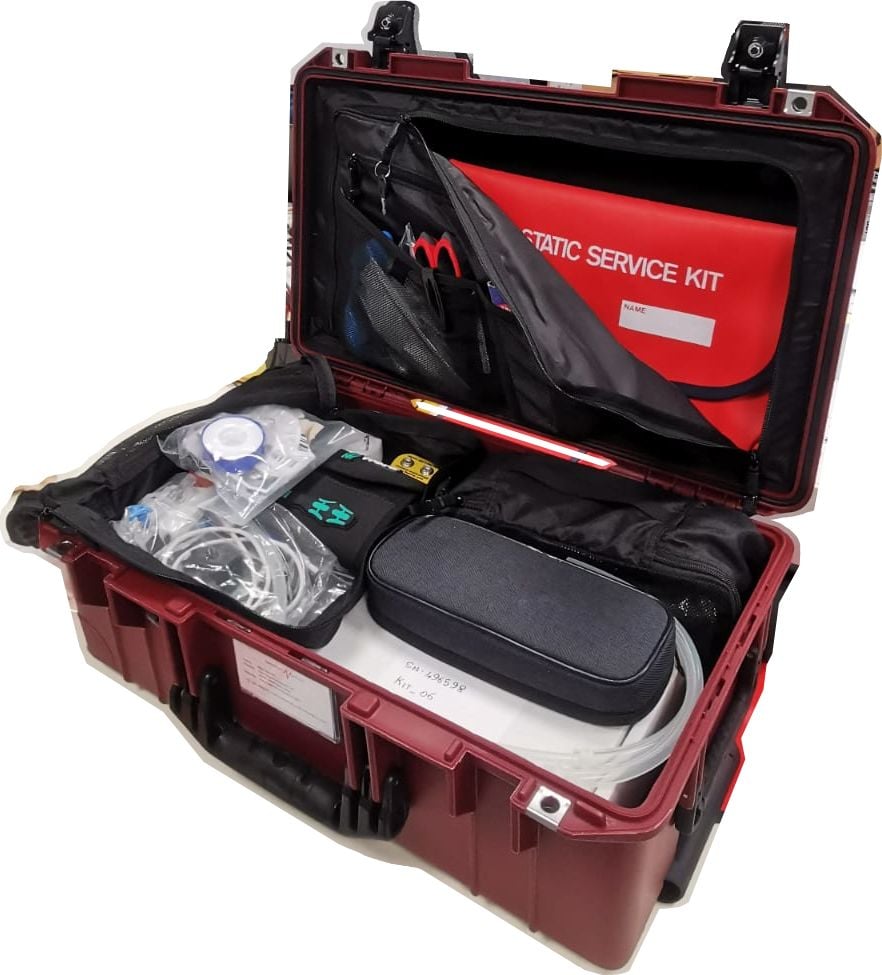

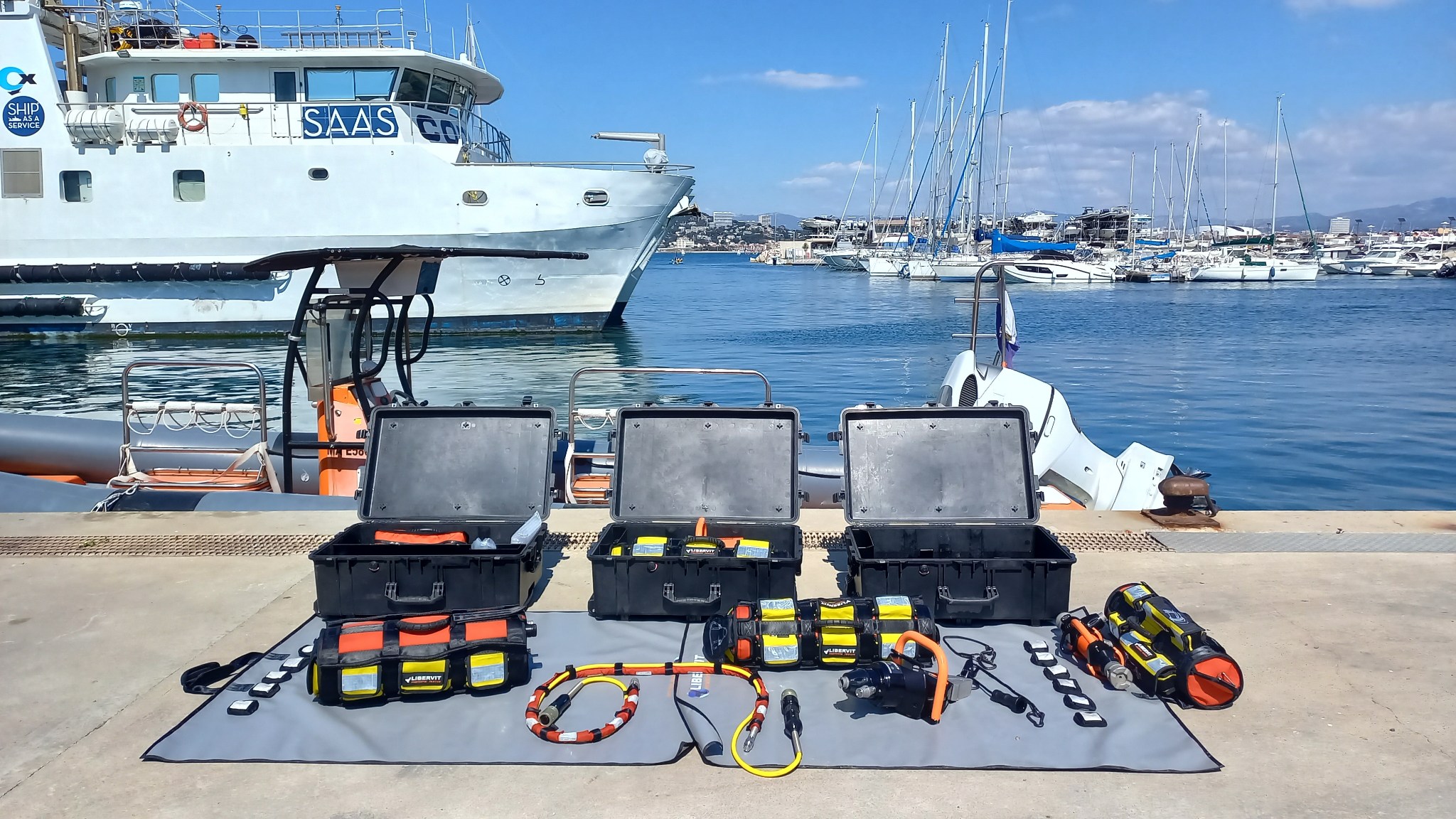
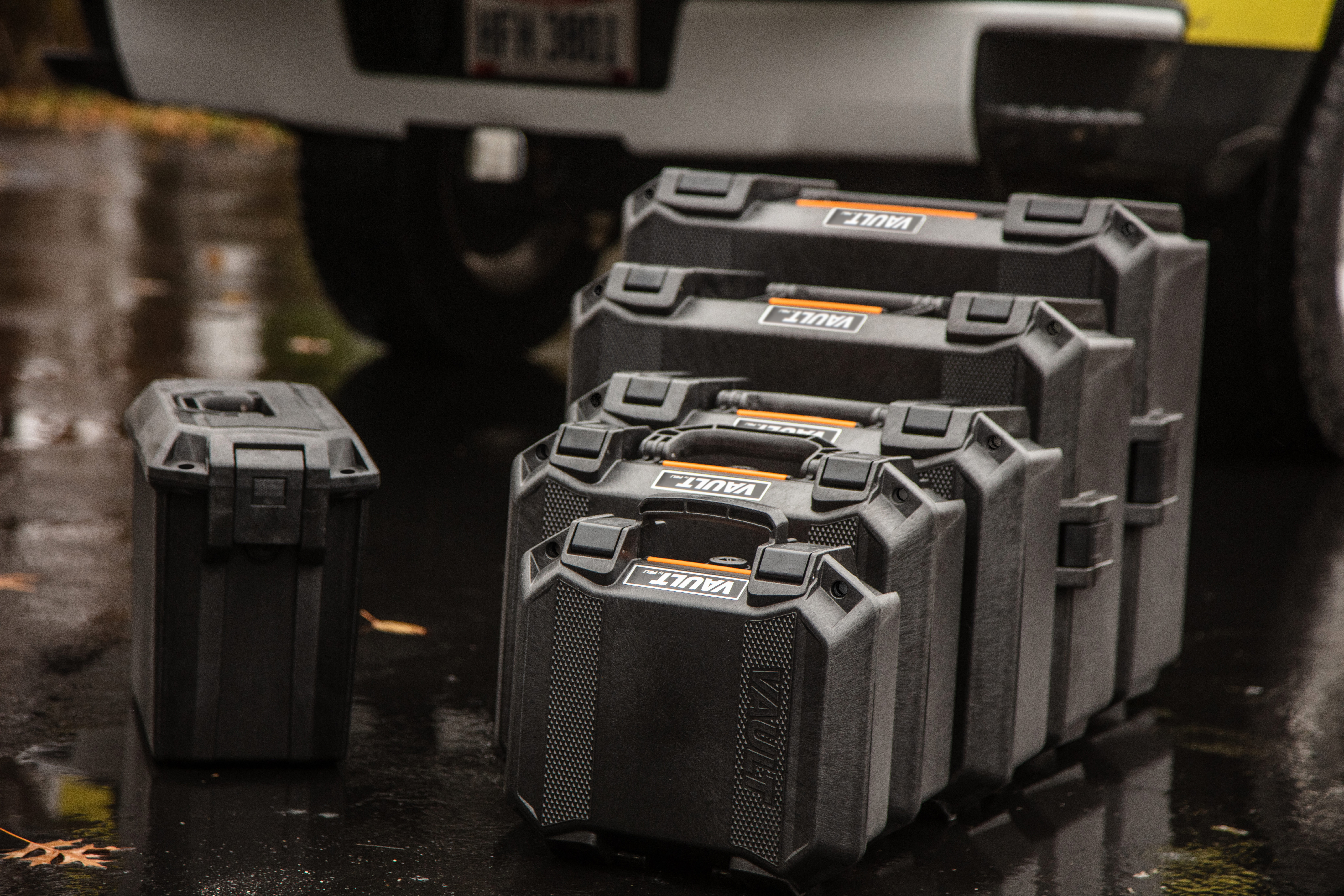
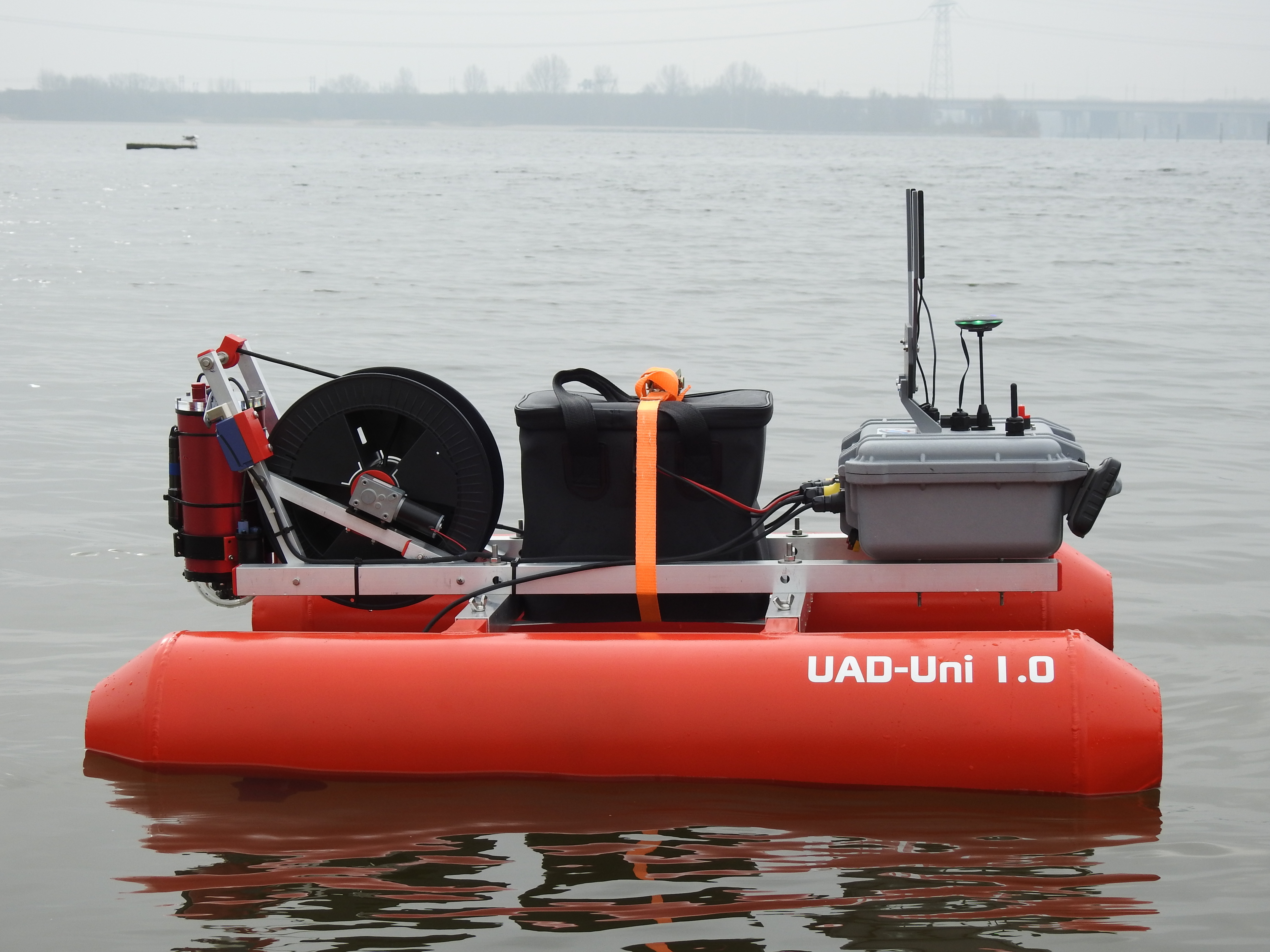
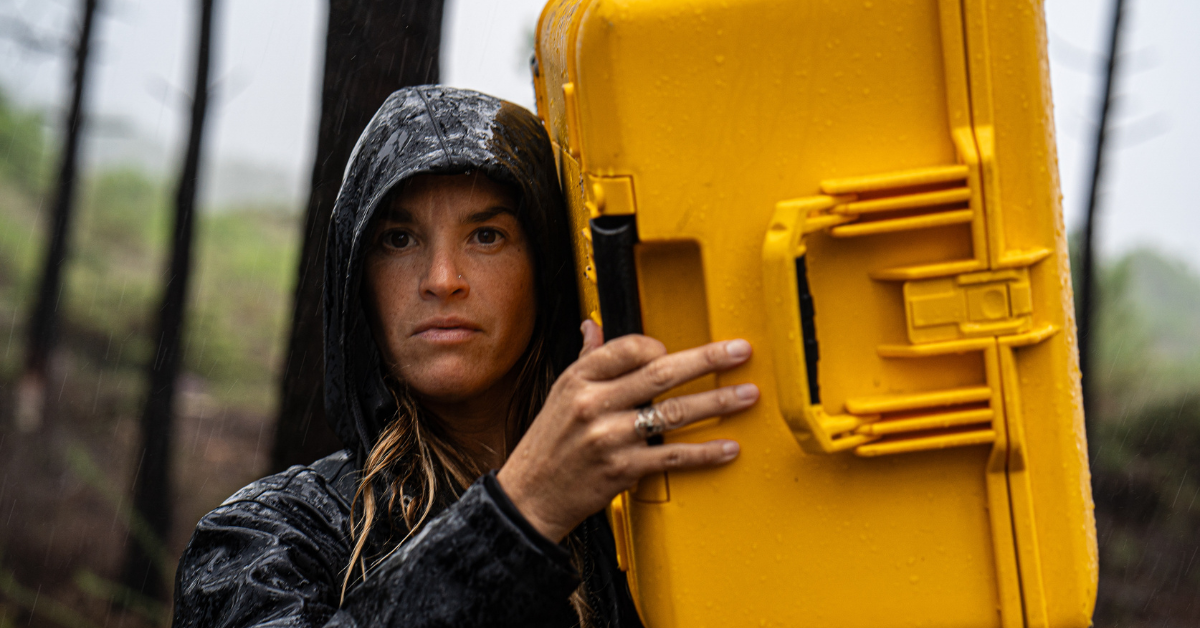
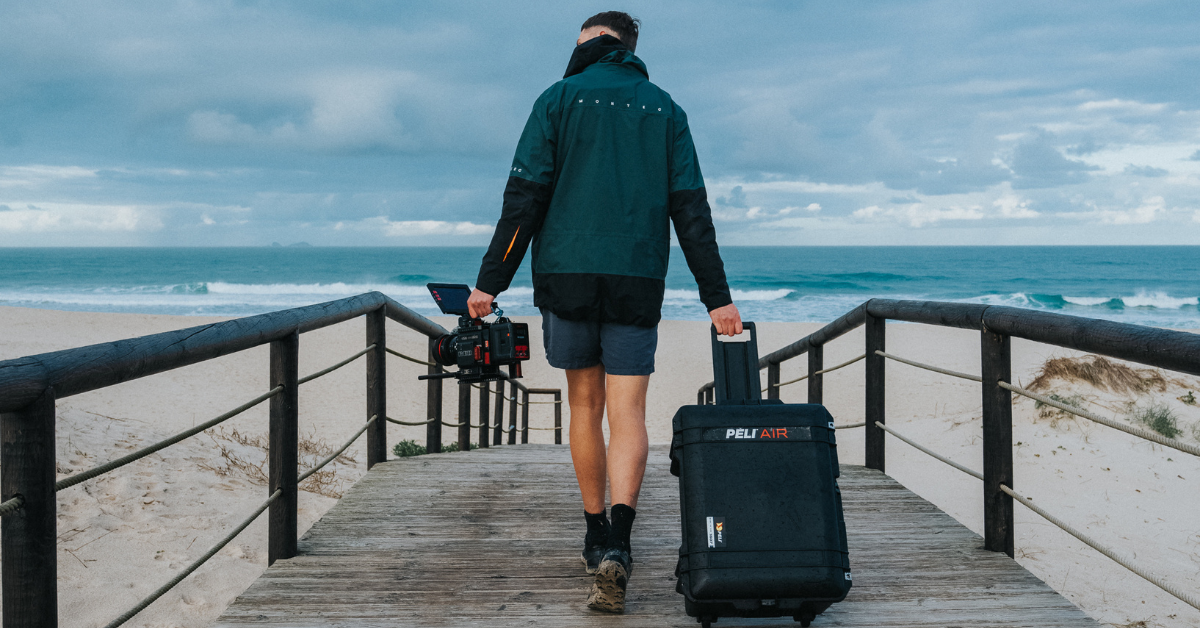

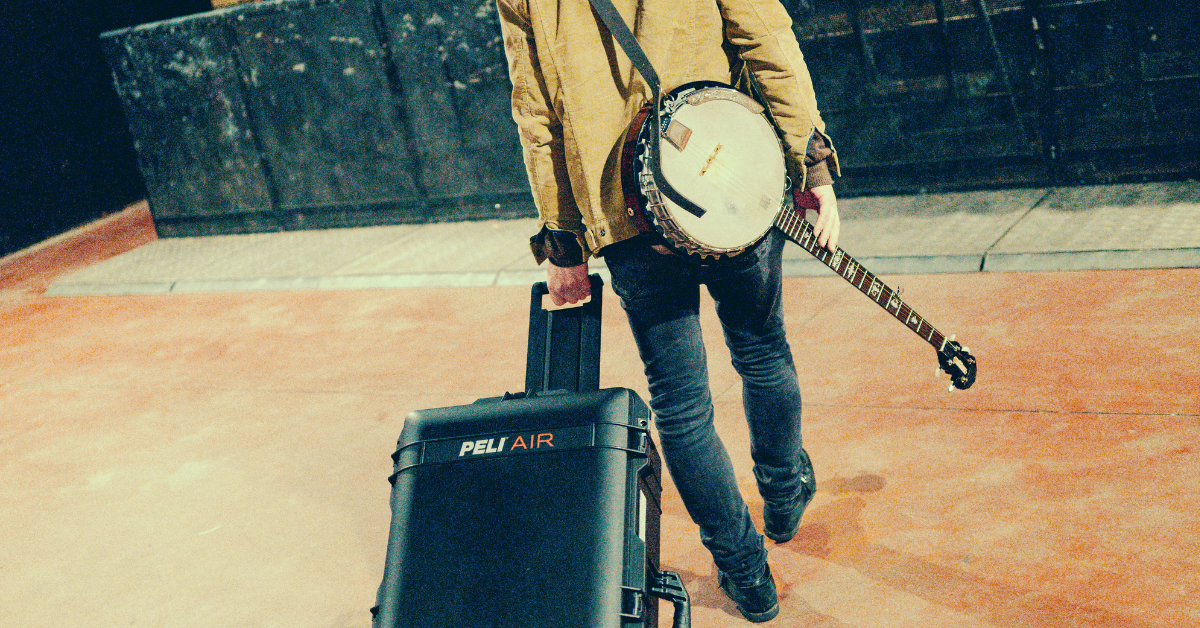

Post a comment